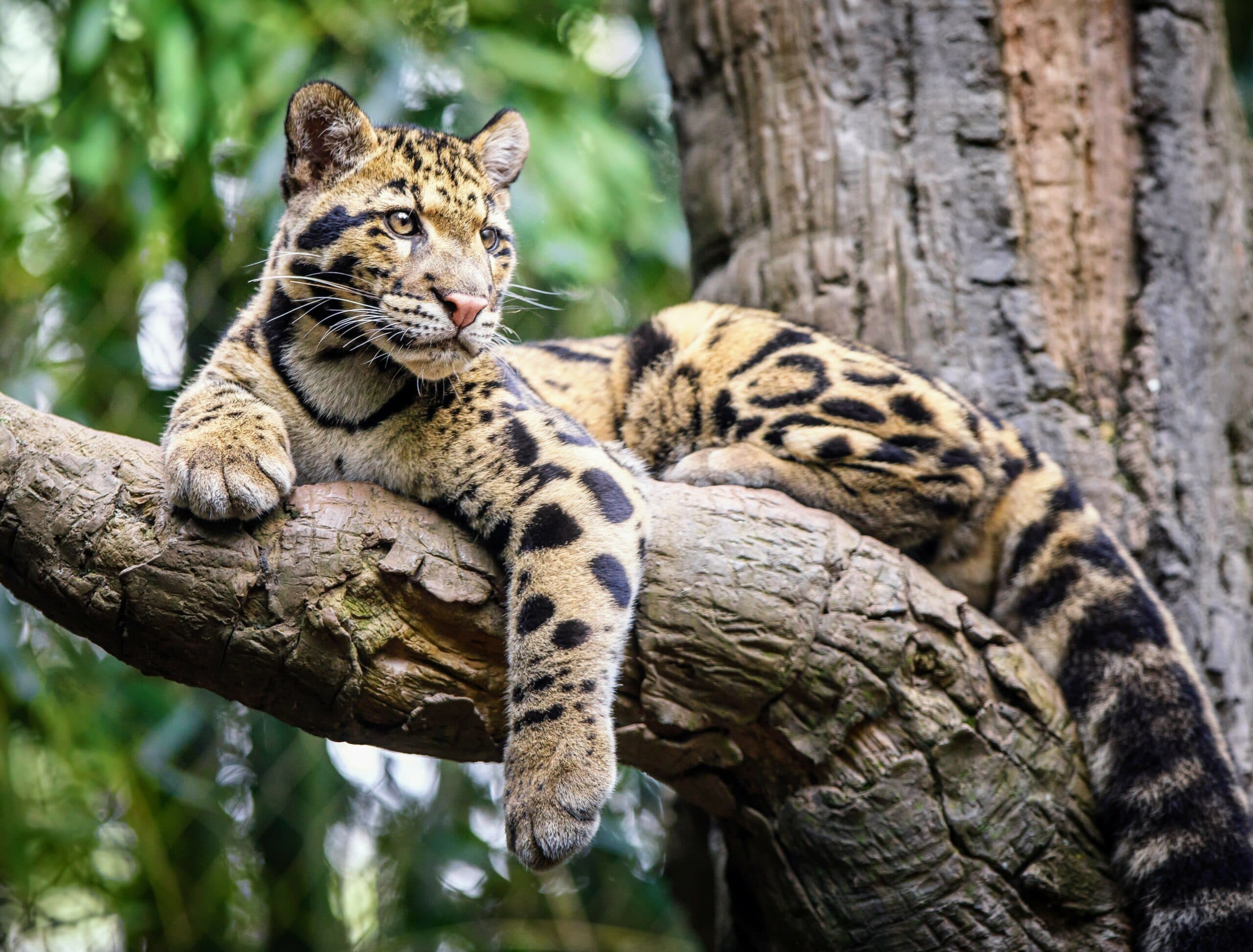
Large Asian animals are successfully coexisting with humans
A new study led by the University of Queensland has revealed that some of Asia’s largest animals are thriving near humans. The experts say that tigers, elephants, and other animals are essentially defying 12,000 years of extinction trends.
Based on paleontological records, the researchers established the historic distribution of Asia’s 14 largest species. The experts compared this data with the present-day distribution of the same species in tropical forests.
According to study lead author and PhD student Zachary Amir, four species showed increased populations in areas with human infrastructure, including tigers, Asian elephants, wild boars, and clouded leopards.
“These results show that, under the right conditions, some large animals can live nearby humans and avoid extinction,” said Amir. “These results challenge the narrative within some conservation circles that humans and megafauna are incompatible.”
“Globally there is a trend towards ‘trophic downgrading,’ a term referring to the disproportionate loss of the world’s largest animals. Trophic downgrading is usually worst near humans because hunters target larger species.”
“But in the case of tigers, elephants, wild boars and clouded leopards, their Asian populations are higher near humans. This may be the outcome of tougher anti-poaching efforts in the national parks that are closer to human settlements and are more frequently visited by tourists.”
On the other hand, the results showed that deforestation is still impacting species – with clouded leopards taking the hardest hit in deforested areas.
Even still, Amir said the research suggests that if the large animal species were not hunted, they could live in relatively small habitats and near humans.
“Previously, there have only been a few examples of large Asian species thriving in small habitats near humans, notably in Mumbai, India where leopards in an urban park prey on stray dogs,” said Amir. “Thankfully, we found that a wider range of animals can coexist with humans.”
At one particular study site in Singapore, poaching has been eliminated and forest restoration efforts are underway. Here, the researchers found that two large animal species are thriving again.
“Singapore has actually experienced the natural re-wilding of sambar deer and wild boars, which are now frequently observed in an urban forest, the Bukit Timah Nature Reserve,” said Amir. “If we replicate those protection efforts in larger forests and other counties, we may see positive impacts right around the world. But before this can happen, humans need to get our act together and limit poaching.”
The study is published in the journal Science Advances.
–—
By Chrissy Sexton, Earth.com Editor
Check us out on EarthSnap, a free app brought to you by Eric Ralls and Earth.com.












